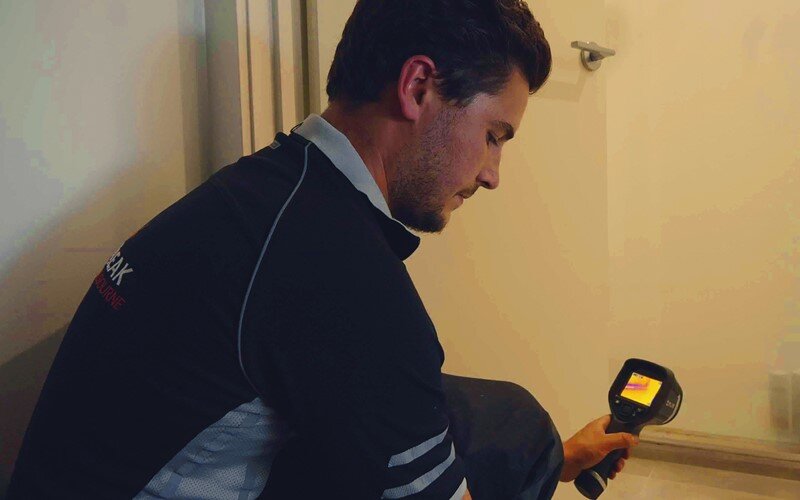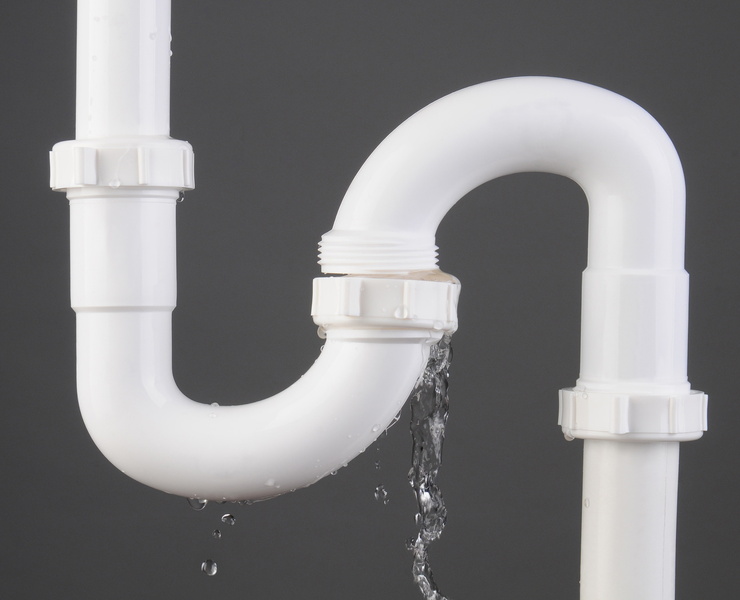Guide To Water Leak Discovery In The House
Guide To Water Leak Discovery In The House
Blog Article
Presented here in the next paragraph you will find additional excellent resources with regards to Finding hidden leaks.

Early discovery of dripping water lines can minimize a possible disaster. Some tiny water leakages may not be visible.
1. Check Out the Water Meter
Every residence has a water meter. Checking it is a guaranteed manner in which helps you uncover leaks. For starters, switch off all the water resources. Make sure no person will certainly flush, make use of the faucet, shower, run the cleaning maker or dishwasher. From there, most likely to the meter and watch if it will transform. Since no person is using it, there need to be no movements. If it moves, that suggests a fast-moving leak. If you detect no modifications, wait an hour or 2 and also examine back once more. This implies you might have a sluggish leak that can even be underground.
2. Inspect Water Usage
If you detect abrupt modifications, in spite of your intake being the same, it suggests that you have leaks in your plumbing system. An abrupt spike in your bill suggests a fast-moving leakage.
A steady boost every month, also with the exact same practices, reveals you have a slow-moving leakage that's also slowly rising. Call a plumber to completely inspect your residential property, especially if you really feel a warm location on your floor with piping below.
3. Do a Food Coloring Test
30% comes from bathrooms when it comes to water consumption. Examination to see if they are running correctly. Decline specks of food color in the storage tank and wait 10 mins. If the color somehow infiltrates your dish during that time without flushing, there's a leakage between the container and dish.
4. Asses Outside Lines
Don't forget to inspect your outside water lines as well. Must water permeate out of the link, you have a loosened rubber gasket. One little leakage can waste loads of water as well as surge your water expense.
5. Analyze the scenario and also evaluate
Homeowners should make it a habit to check under the sink counters and also inside closets for any kind of bad odor or mold and mildew development. These 2 warnings suggest a leak so timely interest is needed. Doing routine evaluations, also bi-annually, can conserve you from a significant trouble.
Check for stainings as well as weakening as many devices and pipes have a life expectations. If you think leaking water lines in your plumbing system, don't wait for it to rise.
Early detection of leaking water lines can mitigate a potential disaster. Some small water leaks may not be noticeable. Checking it is a proven method that helps you find leaks. One little leakage can waste bunches of water as well as increase your water bill.
If you believe leaking water lines in your plumbing system, don't wait for it to intensify.
WARNING SIGNS OF WATER LEAKAGE BEHIND THE WALL
PERSISTENT MUSTY ODORS
As water slowly drips from a leaky pipe inside the wall, flooring and sheetrock stay damp and develop an odor similar to wet cardboard. It generates a musty smell that can help you find hidden leaks.
MOLD IN UNUSUAL AREAS
Mold usually grows in wet areas like kitchens, baths and laundry rooms. If you spot the stuff on walls or baseboards in other rooms of the house, it’s a good indicator of undetected water leaks.
STAINS THAT GROW
When mold thrives around a leaky pipe, it sometimes takes hold on the inside surface of the affected wall. A growing stain on otherwise clean sheetrock is often your sign of a hidden plumbing problem.
PEELING OR BUBBLING WALLPAPER / PAINT
This clue is easy to miss in rooms that don’t get much use. When you see wallpaper separating along seams or paint bubbling or flaking off the wall, blame sheetrock that stays wet because of an undetected leak.
BUCKLED CEILINGS AND STAINED FLOORS
If ceilings or floors in bathrooms, kitchens or laundry areas develop structural problems, don’t rule out constant damp inside the walls. Wet sheetrock can affect adjacent framing, flooring and ceilings.
https://www.servicemasterbyzaba.com/blog/how-to-detect-water-leakage-in-walls/

Hopefully you enjoyed reading our topic about Top leak detection hacks. Thank you so much for finding the time to read through our article. Sharing is good. Helping people is fun. Thanks a bunch for your time. Come back soon.
Report this page